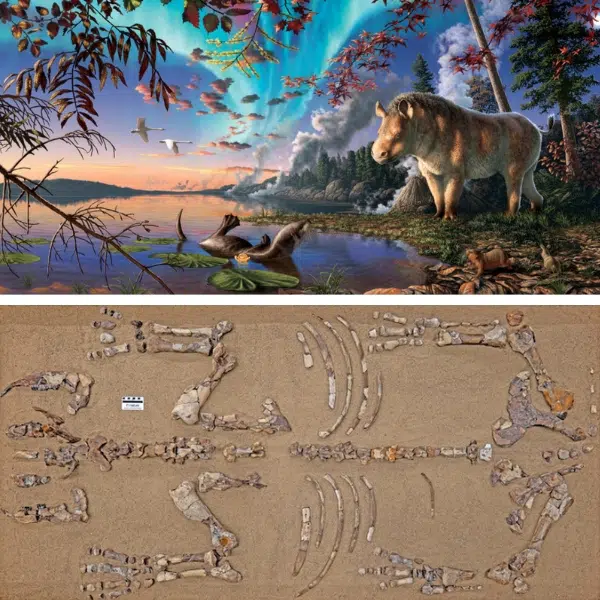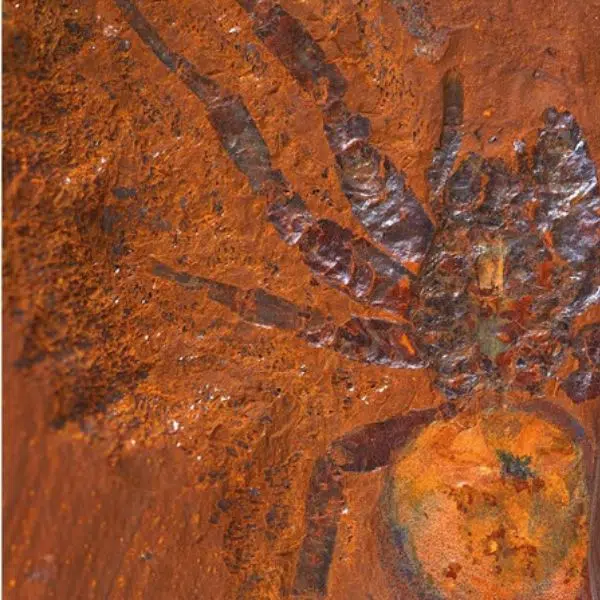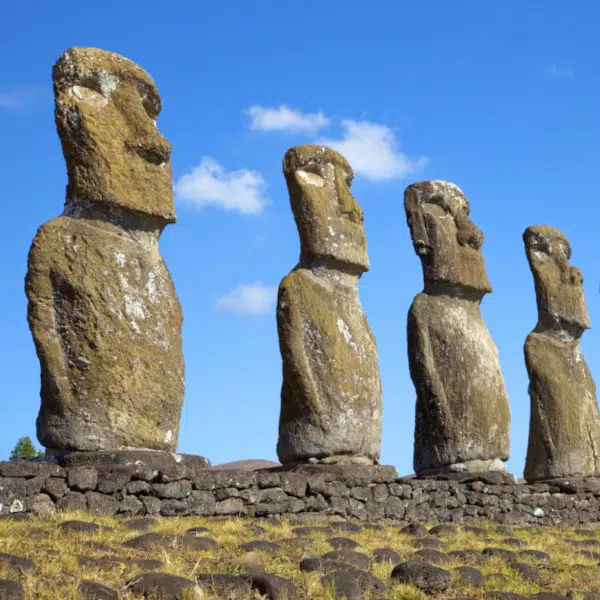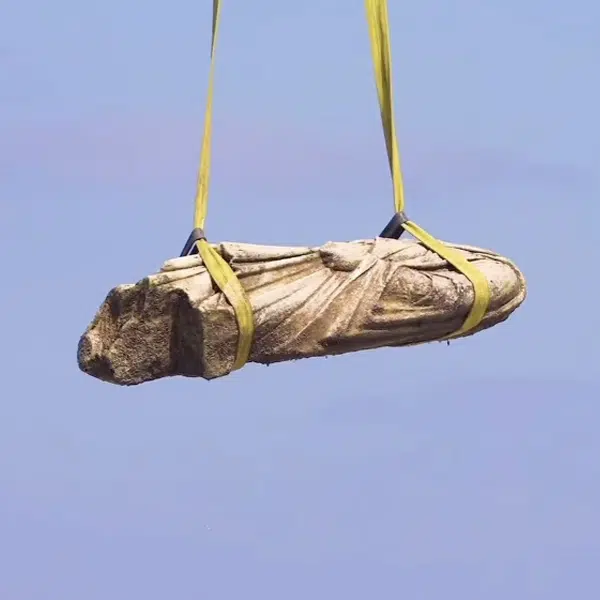
A replica of the Laetoli footprints. (Photo: Momotarou2012 via Wikimedia Commons, CC BY-SA 3.0)
Human history stretches back millions of years to Africa, where early species of hominids roamed and eventually evolved into modern-day Homo sapiens. Our family tree includes many species now long extinct which formed steps or branches of the evolutionary tree descending into modernity. One very early ancestor of mankind was Australopithecus afarensis, who roamed eastern Africa about 2.95 to 3.85 million years ago. This species has several unique distinctions, including an impressive presence of about 900,000 years before going extinct. Another fascinating distinction is the prints this species left behind in modern-day Tanzania, the oldest prints ever discovered from a bipedal individual. Sadly, due to climate change, these historic prints are now in danger of being lost to future generations.
The prints are located at the Laetoli archeological site in what is now Tanzania. They were imprinted 3.6 million years ago in wet volcanic ash, then preserved by another layer of ash emitted by a nearby volcano. The prints number about 70 stretching over 88 feet. The toes of the prints are more similar to humans than apes in their arrangements, and the prints indicate the heel hit first. It is therefore clear this individual(s) was bipedal, meaning they walked on two feet like modern humans. However, the stride was clearly created by much shorter legs.
Scientists have hypothesized that the prints were created by Australopithecus afarensis, whose skeletons have been found nearby. There is still much to be learned about this species and its connection to our own evolution. However, knowledge like this is endangered by climate change. Erosion after heavy rains and storms is rising, threatening the exposed footprints.
In an effort to preserve the site for future generations to learn from, the British Council Cultural Protection Fund has sponsored a project to protect the site in partnership with St Andrew's University in Scotland and the University of Dar es Salaam in Tanzania. The funding also covers buildings at Winde which are part of the bloody history of the slave trade. Funding from the grant will go to documentation of the sites for future use, as well as the capturing of oral histories to create an exhibit.
While climate change will require broader solutions, preserving sites for future learning is a critical protective measure.
The famous Laetoli footprints in modern Tanzania are at risk from climate change, which is eroding the land where the earliest known prints of our human ancestors lie.
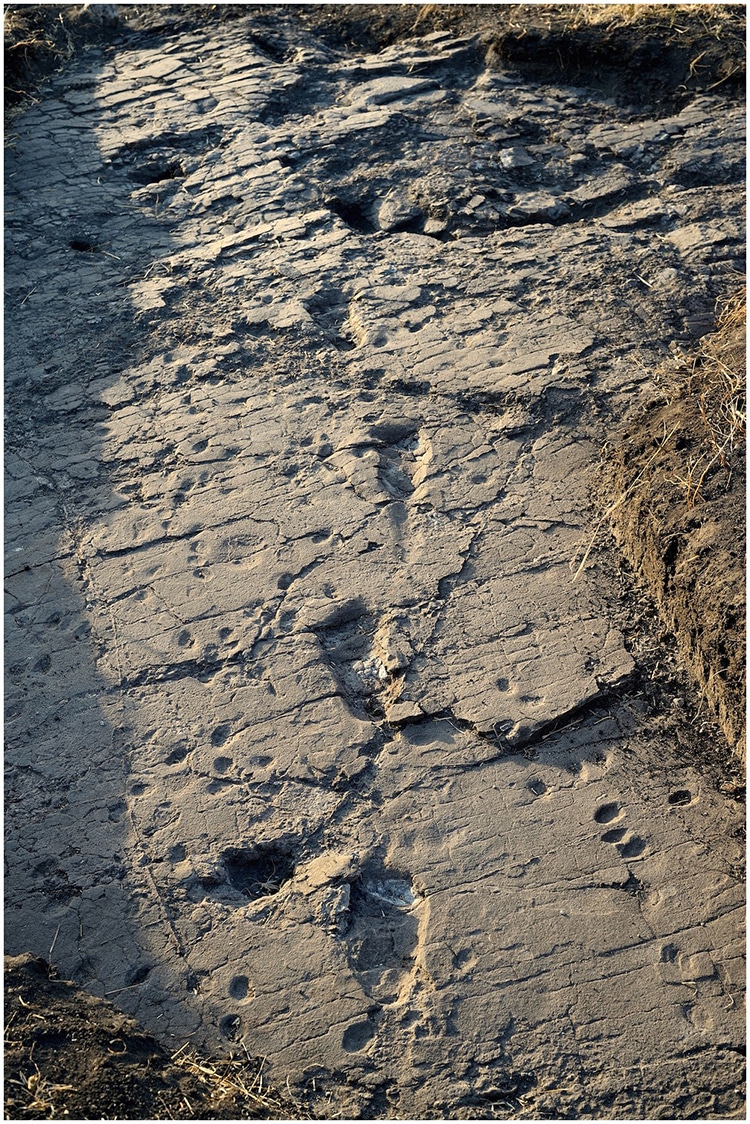
Laetoli Site S in 2016. (Photo: Fidelis T Masao and colleagues via Wikimedia Commons, CC BY 4.0)
h/t: [CNN]
Related Articles:
Man Walking His Dog Finds 70-Million-Year-Old Dinosaur Skeleton in the Woods
Gardener Discovers Rock With Ancient Irish Writing System in His Yard
How Did Egyptians Build Pyramids? New Study Suggests Answer
202-Million-Year-Old Ichthyosaur the Size of a Blue Whale May the World’s Largest Marine Reptile













































































